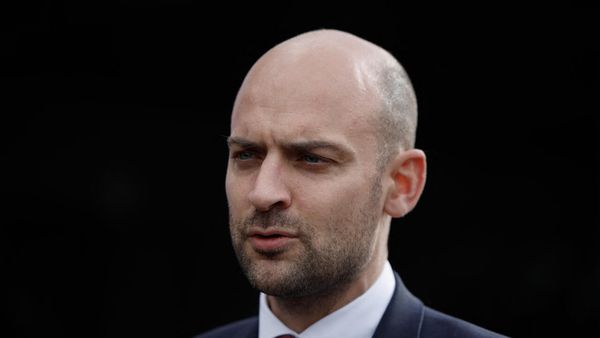
Caps on childcare fees may be required to prevent providers hiking prices in response to more generous government subsidies, the competition watchdog has warned.
The Australian Competition and Consumer Commission’s second report into childcare, released on Sunday, warns that childcare in Australia is “relatively less affordable for households than in most other OECD countries”. The ACCC said there would be “substantial benefit” in the government considering “direct price controls”.
In June, the regulator found that fees have outpaced inflation in the past five years, with rises of between 20% and 32% from 2018 to 2022.
In 2022, for a family on average wages with two children in centre-based day care full-time, the report found that net childcare costs came to 16% of household income, compared with the OECD average of just 9%.
From July, the Albanese government’s $5.4bn cheaper childcare scheme raised the maximum subsidy rate from 85% to 90% alongside a more generous income test, estimated to affect 1.2 million families across Australia.
The ACCC’s September report found that the design of the subsidy and existing indirect price regulation “had a limited effect in placing downward pressure on prices and limiting the burden on taxpayers”.
Australia currently has indirect price controls, in which the government specifies the maximum amount it will pay for each hour or day of care, but households may be charged higher fees.
The ACCC suggested regulation should be beefed up at least with a “strong price monitoring role supported by a credible threat of further intervention”.
But “direct price regulation is more likely to be required where countries expand public expenditure as this reduces the price sensitivity of households”.
It proposed price controls such as: a maximum amount that can be charged, depending on a household’s income and number of children; requiring provision of free childcare for a certain number of hours; or limiting fees to a percentage of the operating cost of care.
The ACCC chair, Gina Cass-Gottlieb, said it had made recommendations for monitoring or intervention because “we’ve particularly seen for lower socioeconomic families and for more remote areas, the policy objectives of affordability and access aren’t working”.
“We do not think, at this time, the system is actually delivering in the way the community and government policy expects,” she said.
“We recommend that the government reconsider and restate their key policy objectives and priorities, and consider further changes to the childcare subsidy and broader policy measures to better address government priorities and unintended consequences.”
In response, the minister for education, Jason Clare, and the minister for early childhood education, Anne Aly, said the report “makes clear that the current cap on childcare fees, introduced by the previous government, is ineffective and reform is needed”.
The ACCC also recommended “removing, relaxing or substantially reconfiguring the current activity test, as it may be acting as a barrier to more vulnerable children … accessing care and creating a barrier to workforce entry or return for some groups”.
The activity test is an assessment of the combined hours of work, training, study, or volunteer work undertaken by a family to determine the number of hours of subsidised childcare they are entitled to.
The ACCC proposed “a specific entitlement” to a minimum number of days of care.
The Albanese government has already been urged by both its women’s economic equality taskforce and the economic inclusion advisory committee to scrap the activity test for childcare subsidies.
The ACCC also said that “supply-side subsidies may be required” to help provide childcare to under-served or vulnerable cohorts.
That could include competitive tendering to allow community, not-for-profit, or for-profit centres to request subsidies to increase childcare places in regional areas.
If opening not-for-profit centres or buying places in for-profit centres were not an option, Cass-Gottlieb said the government could “step in” to directly provide childcare.
The ACCC report notes that labour is the biggest cost in childcare.
In May Guardian Australia revealed that early childhood education would be the first sector to face a claim for multi-employer bargaining, with unions seeking a 25% upfront pay rise in the sector.
This week the Fair Work Commission gave approval for a multi-employer pay deal to cover 12,000 workers employed by the Community Child Care Association and Community Early Learning Australia.







